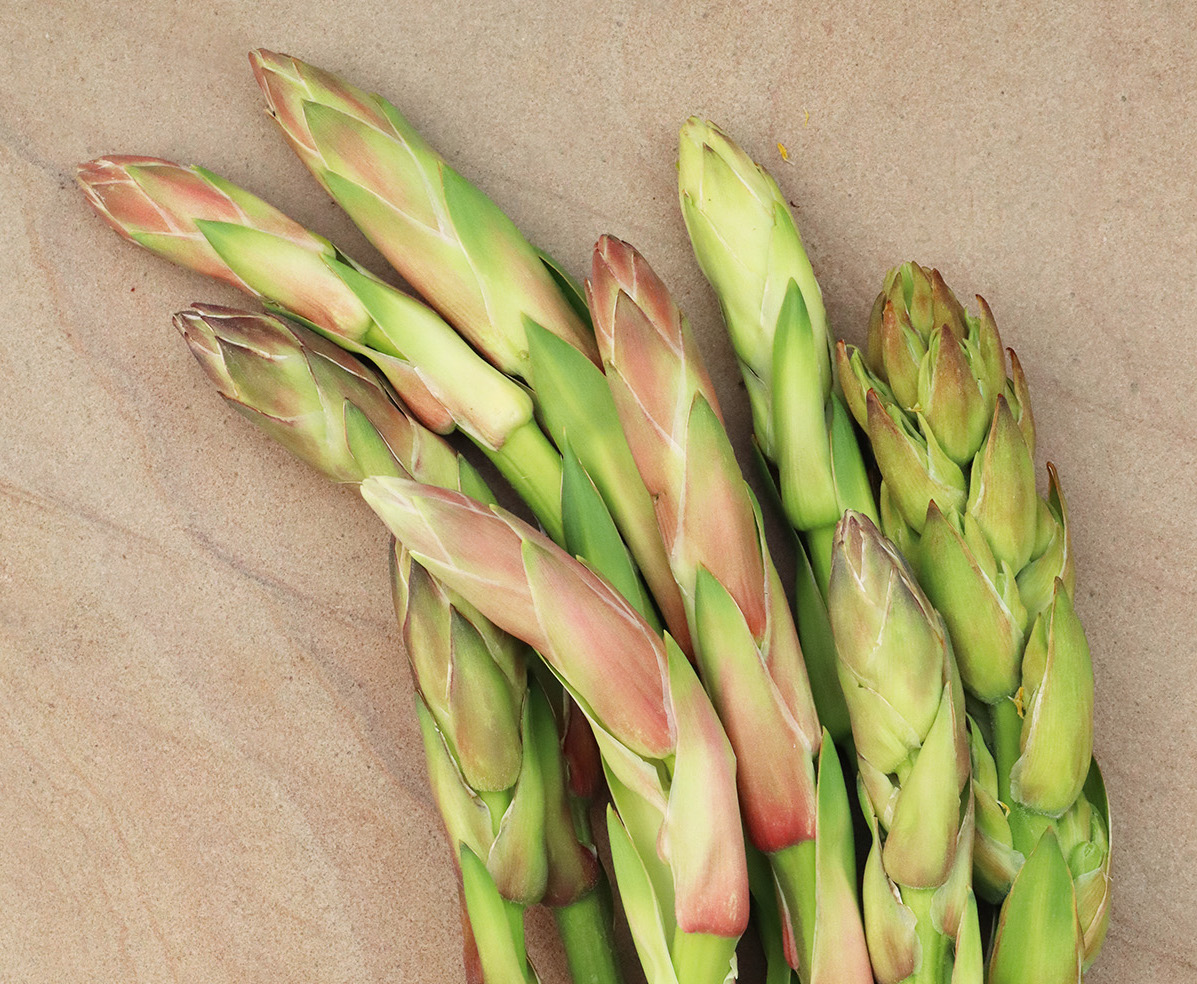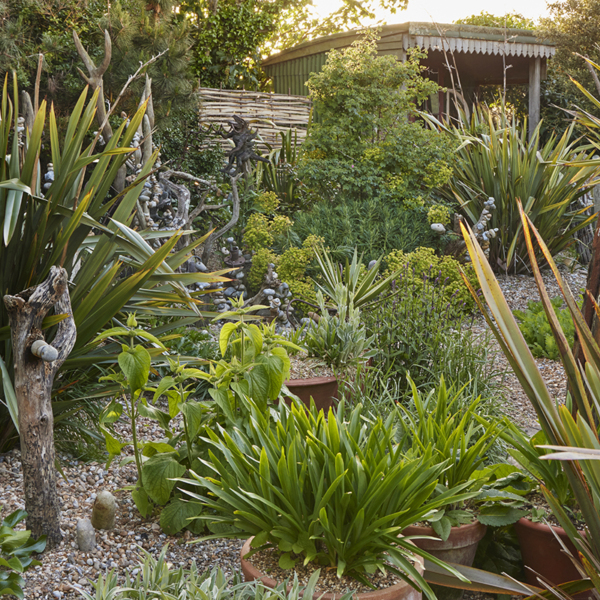There are a myriad criteria when selecting plants to populate a garden or cultivated landscape: resilience, form, texture, multi-seasonal interest in terms of foliage, flowers, and fruit—and, for kitchen gardeners, cooks, and backyard foragers, is it edible? As summer begins to assert itself, yucca, readying to display its statuesque floral appeal, is reminding us that it checks every box. And several more. The developing flowering stem of yucca resembles an enormous asparagus stalk, and when it branches into a multitude of buds, each plant is transformed into a luminous floral candelabra, loved by pollinators, hummingbirds, and humans.
Photography by Marie Viljoen.
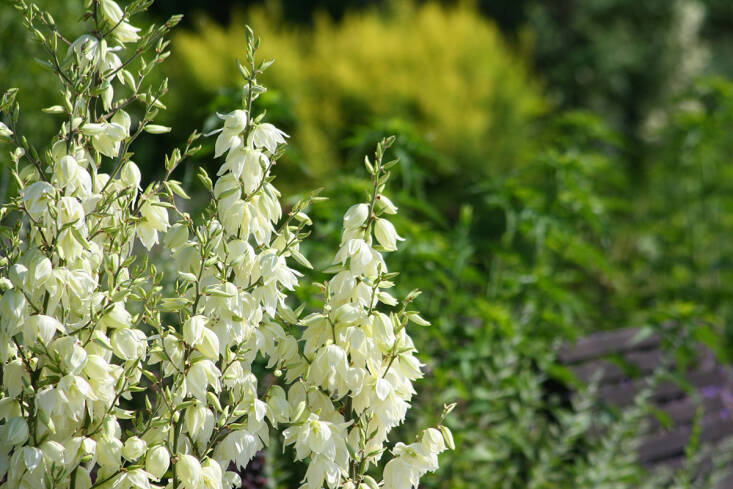
Where I live in the Northeast, the regionally conspicuous yucca is Yucca filamentosa. It is used extensively in urban parks and public gardens and has spread to grow wild along shorelines, in old dunes, in pine barrens, and in sunny fields. Native to the Southeastern United States, this yucca has naturalized well beyond its native region. It is impressively hardy, down to USDA zone 4 (where it may need some protection from winter winds).
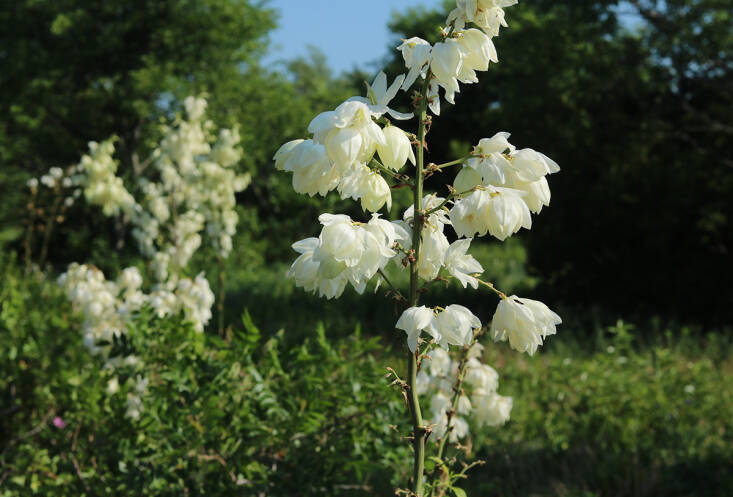
On the plant walks that I lead, it never fails to surprise people that this sharp plant is not a denizen of the desert (although it has many desert—as well as tropical—yucca relatives through the Americas).
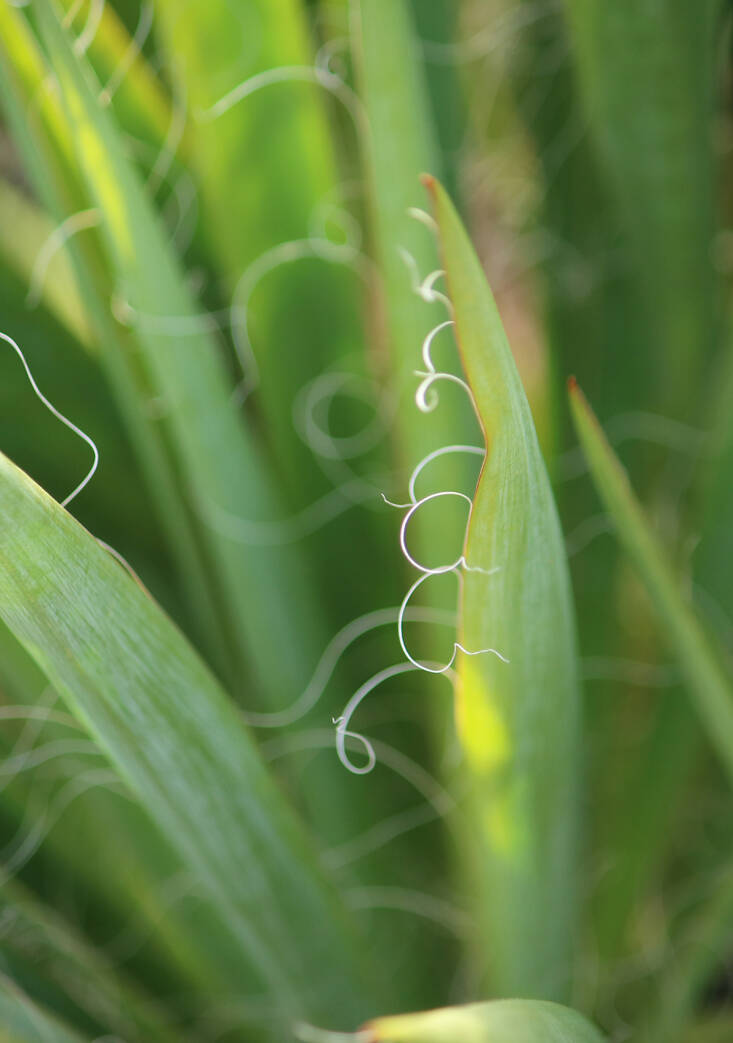
The species—filamentosa—tells us something about the plant: it refers to the hair-like fibers that fray from each spiked leaf.
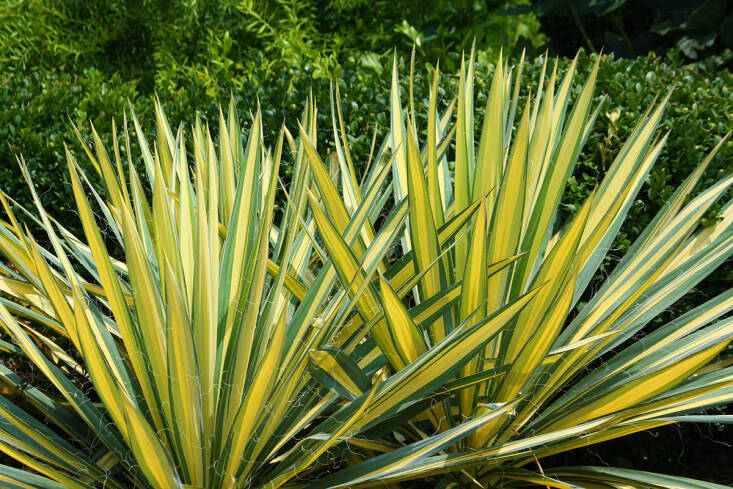
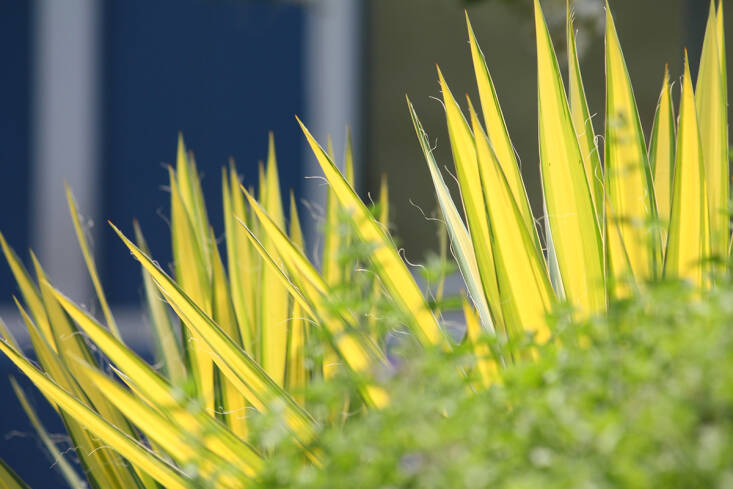
Despite growing happily in the rain-rich Northeast, Y. filamentosa has yet another quality to recommend it to horticulturists. It is water-wise. This is a resilient plant, requiring no additional irrigation once established. And there’s more: Those stabbing leaf-points are a natural deterrent where one might be needed, in public or private plantings; think of it as a botanical porcupine, or a living security plant. People (and deer!) keep their distance. There are other bonuses, for either the just-plain-curious or for the survival-obsessed: Yucca’s leaves provide cordage, and the dry flower stalks can help you make fire. It’s pounded root could help you poison and catch fish. It’s a plant for the apocalypse. But that’s another story…
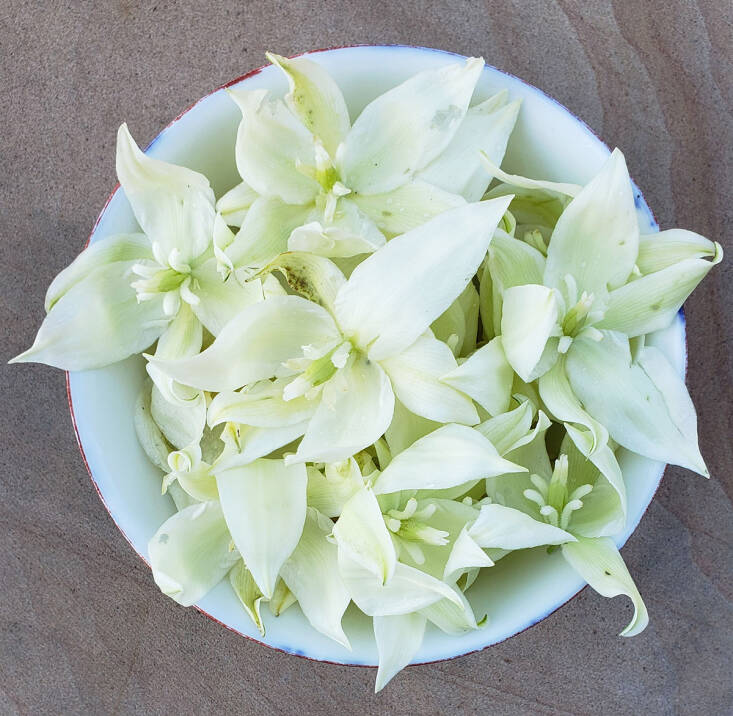
Speaking of the root: In terms of eating yucca, there is a hurdle, and it is semantic: Yucca is not yuca.
